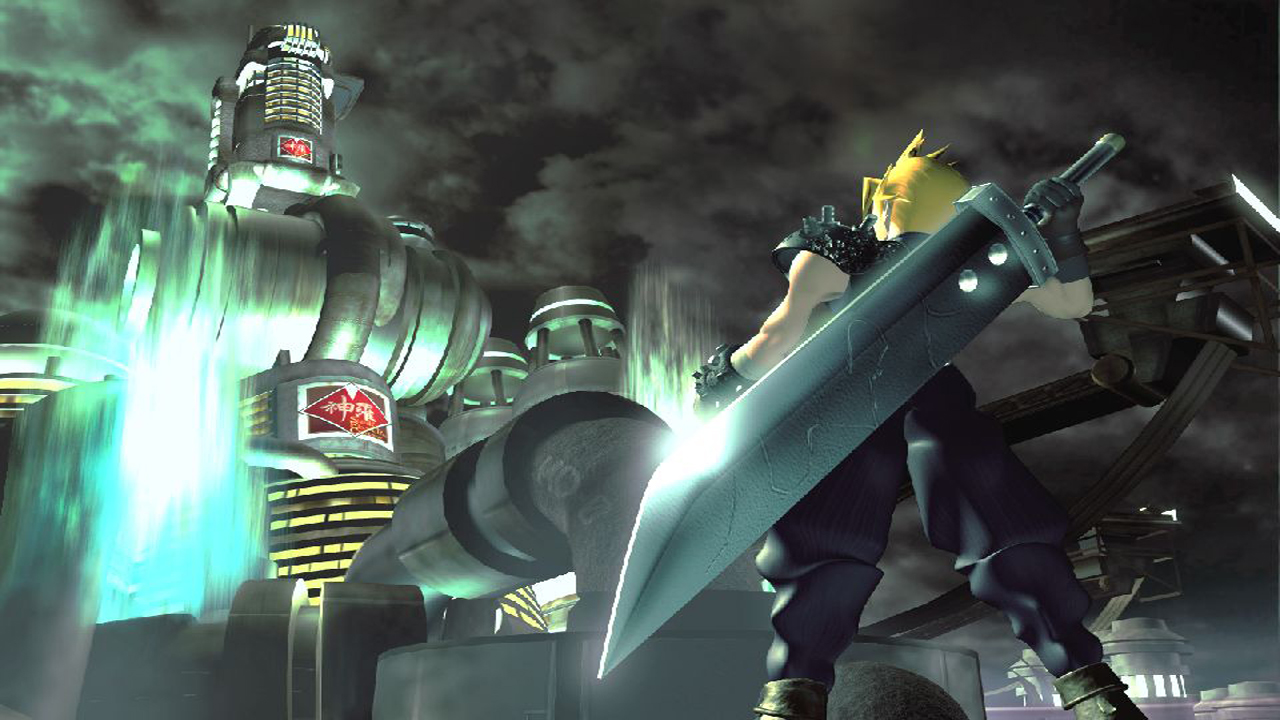Final Fantasy creator says adding CG is what made Final Fantasy 7 such a success in the West
Hironobu Sakaguchi says Western players saw pixel art as "something for children"

Final Fantasy 7's success outside of Japan is primarily due to the series incorporating CG, says series creator Hironobu Sakaguchi.
Speaking during a panel at Monaco Anime Game International Conferences 2023 (via IGN), Sakaguchi, alongside Castlevania: Symphony of the Night creator Koji Igarashi, explained the struggles Square Enix had growing the Final Fantasy series in the West.
"At the time, people in the West saw pixel art and three-heads-high characters as something for children," Sakaguchi says. "It was frustrating that our games were struggling there, as we wanted to find a way to expand our business. That finally happened when we were able to incorporate CG for Final Fantasy 7."
Sakaguchi believes that Square Enix's decision to switch from the already established 2D pixel art graphics to 3D computer-generated ones made a huge difference in international markets. As we can tell from all the games that followed, this decision clearly set a precedent for the rest of the series as most games since - including Final Fantasy 16, which is due to release this year - have stuck with the CG visuals.
This doesn't mean the CG method is fool proof though. As explained by IGN in the same article, despite Final Fantasy 7's success on the PS1 and PS2, Japanese games still began to take a back seat in the West by the time the PS3 rolled around - that is, unless you were Nintendo.
Talking about this period in time, Sakaguchi said: "I think that one of the main reasons for that is the fact that consoles like the NES and PlayStation were very specific hardware," the developer continues: "This made it easier for Japanese developers to master the hardware, as we could ask Nintendo or Sony directly in Japanese."
"This is why – I realize it might be impolite to say this – Japanese games were of a higher quality at the time," Sakaguchi adds. "As a result, Japanese games were regarded as more fun, but when hardware became easier to develop for, things quickly changed."
Weekly digests, tales from the communities you love, and more
Koji Igarashi also joined in during this time adding: "Japanese developers had been developing skills specifically for console games, but in North America and Europe, there was a long history of PC culture."
Take a look at our best Final Fantasy games list to see if your favorite made the cut.

After studying Film Studies and Creative Writing at university, I was lucky enough to land a job as an intern at Player Two PR where I helped to release a number of indie titles. I then got even luckier when I became a Trainee News Writer at GamesRadar+ before being promoted to a fully-fledged News Writer after a year and a half of training. My expertise lies in Animal Crossing: New Horizons, cozy indies, and The Last of Us, but especially in the Kingdom Hearts series. I'm also known to write about the odd Korean drama for the Entertainment team every now and then.


